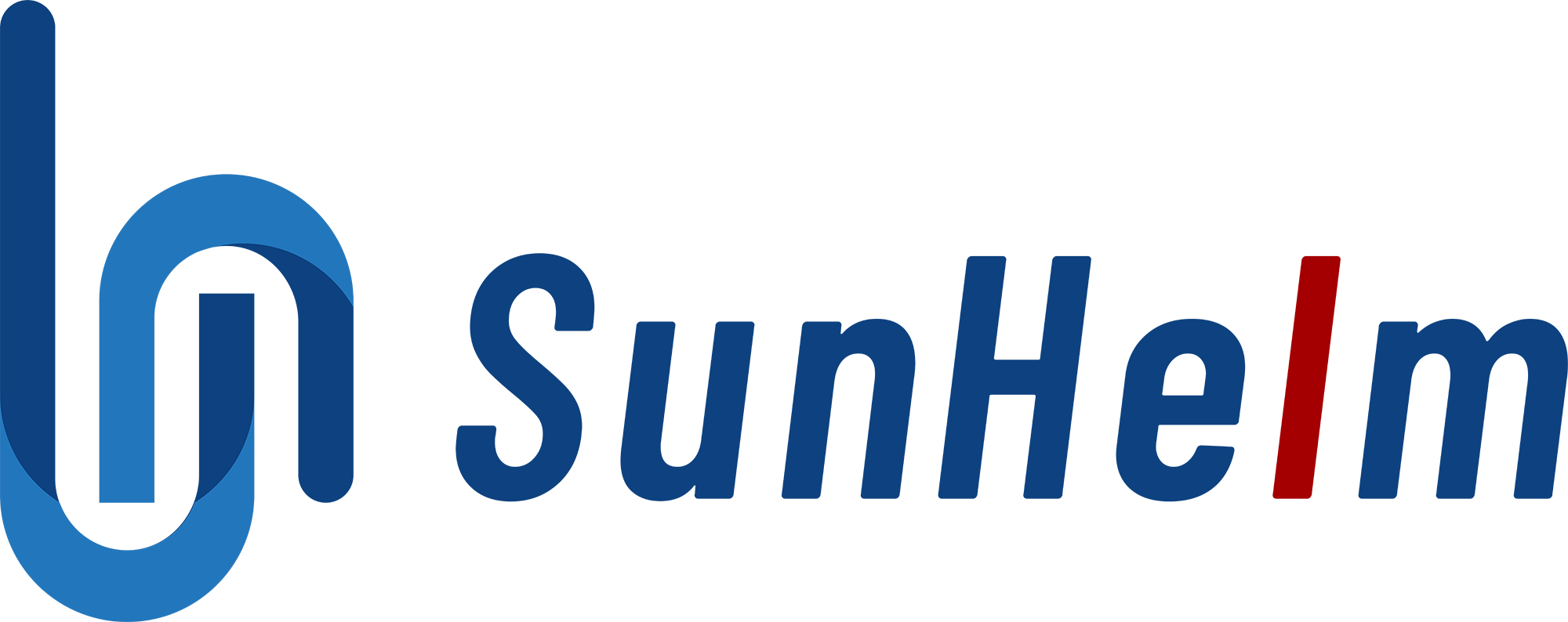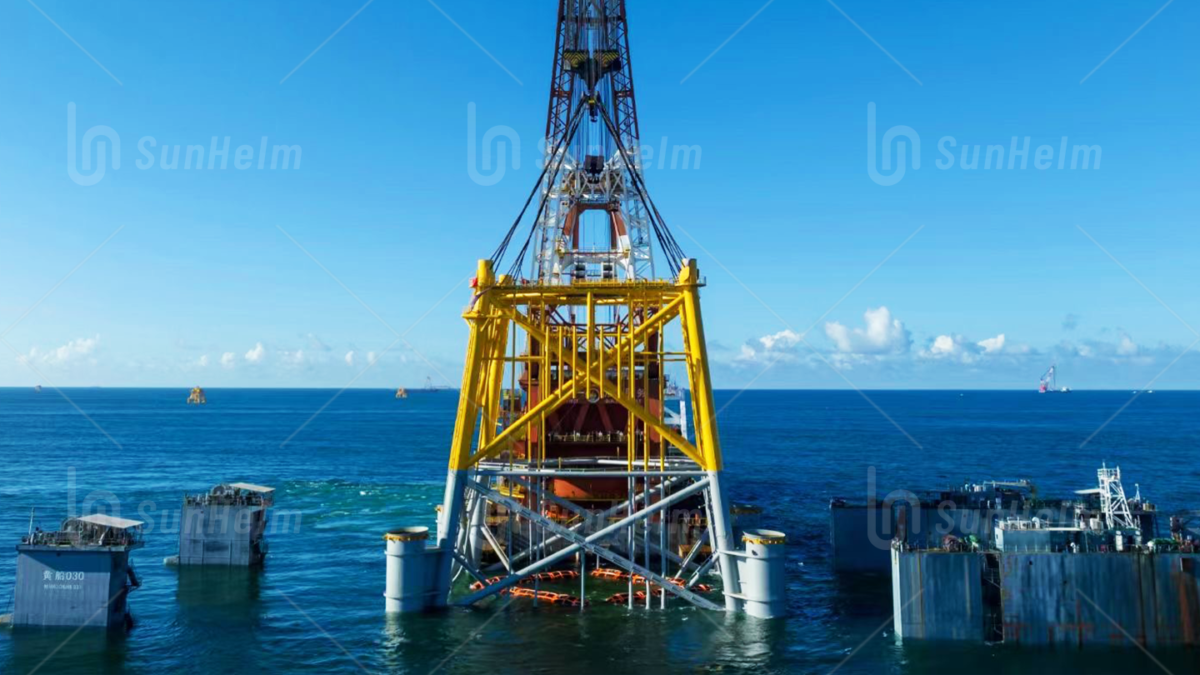1. Introduction
Offshore wind now supplies growing amounts of renewable power. Because winds blow stronger and more consistently at sea, turbines generate far more electricity than onshore machines. Yet installing these enormous systems demands precise planning, specialized ships, and skilled crews. In this article, we’ll walk through the installation steps, explain the electrical connection work, and highlight recent innovations — notably floating airbags — that cut cost and time.
2. Site assessment and planning
First, developers run extensive surveys before the first vessel sails. They collect seabed samples, perform geophysical scans, and log wind and tidal data for months or even years. Moreover, environmental consultants carry out impact assessments to protect marine life and secure permits. Meanwhile, engineers evaluate grid-connection options and map routes for subsea cables. In short, good upfront work prevents costly delays later.
3. Transporting giant components
Manufacturers move blades, nacelles, tower sections, and foundation pieces to staging ports by road or barge. Then heavy-lift vessels and jack-up barges pick up those parts and sail to the wind-farm site. Coordinators schedule each delivery to avoid port congestion and reduce waiting time. Meanwhile, tugboats and escort vessels help with positioning and towing. Because each blade can exceed 80–100 meters, logistics teams plan lifts down to the hour and contingency.
4. Installing foundations
Engineers select the foundation type based on water depth and seabed geology. For shallow sites, contractors drive monopiles into the seabed using hydraulic hammers. For intermediate depths, teams install jacket structures and pile them to the seabed. For very flat, shallow seabeds, crews place gravity-based concrete units and add ballast. In deep waters, developers deploy floating foundations and anchor them with mooring lines. After installation, survey teams check alignment and grouting crews secure the connections.
5. Turbine installation and electrical connection (merged)
Installers follow a clear sequence, and they carry out electrical works in parallel to save time. First, crane crews lift and bolt the tower sections onto the foundation. Next, they hoist the nacelle onto the top of the tower and fasten it securely. Then workers attach blades one by one, or alternatively they lift a pre-assembled rotor if the project calls for it. Meanwhile, cable ships lay both inter-array cables (between turbines) and export cables (to shore). Technicians then terminate cables at offshore substations and at the onshore grid connection point, and they test each electrical section step by step.
Floating airbags: a practical innovation
Recently, engineers started using floating airbags to assist heavy lifts and transport. Instead of depending exclusively on very large cranes, contractors place robust marine airbags under large components or floating foundations to increase buoyancy during tow and positioning. Then tugs move the buoyant assembly to the installation location. At the correct moment, crews release air in a controlled way so the component settles onto the foundation. As a result, teams reduce crane time, cut vessel hire costs, and lower collision risk during lowering operations. Pilot projects report meaningful time and cost savings, and therefore operators now consider airbags especially for floating foundations and remote sites.

6. Testing, commissioning, and early operations
After installers finish mechanical assembly and make electrical connections, commissioning teams run end-to-end tests. They spin each turbine, verify sensor and control signals, and synchronize the generator with the grid. Additionally, technicians complete performance validation under a range of wind conditions. Once turbines start commercial operation, operations teams monitor performance remotely and schedule routine inspections. For example, they deploy drones for blade checks and use ROVs for subsea cable surveys to catch problems early and avoid expensive emergency repairs.
7. Maintenance, safety, and collision protection
Offshore work faces unique hazards, so project managers emphasize safety from day one. They build weather windows into the schedule, monitor forecasts continuously, and avoid risky transfers during rough seas. Furthermore, safety officers enforce strict personal-protective protocols and limit personnel movement to accredited transfer vessels. To protect ships and delicate components during lift operations, teams now frequently use pneumatic fenders and foam-filled fenders; these fenders absorb impact energy and prevent hull damage. In addition, environmental teams coordinate noisy or high-impact work to minimize disturbance to marine mammals.
8. Key challenges — and how teams mitigate them
Weather remains the biggest wildcard, and therefore managers plan conservative weather margins. Logistics complexity also increases with turbine size, so developers push for standardization of components and consolidated port operations. Moreover, deep-water projects force teams to adopt floating solutions and new mooring strategies. To mitigate these challenges, the industry embraces remote monitoring, improved vessel designs, and novel installation aids — such as the floating airbags described earlier — which together reduce exposure to risk and compress schedules.
9. Future trends that will reshape installation
Looking ahead, several trends will change how we install offshore wind:
- Floating wind farms will unlock vast deep-water resources.
- Automation and robotics will reduce dangerous offshore human work; for instance, robotic cutters and automated cable-laying systems handle repetitive tasks.
- Larger turbines will demand even more creative installation methods — and thus we’ll see greater adoption of buoyancy aids and modular pre-assembly.
- Materials innovation and digital twins will improve lifespan prediction and shorten commissioning times. In short, technology will continue to cut costs and speed deployment.
10. Conclusion
Installing offshore wind turbines requires coordination, engineering skill, and precise execution. First, teams survey and plan; next, they move massive components to site; then they install foundations and erect turbines; finally, they connect, test, and commission the system. Along the way, innovations like floating airbags and advanced fender solutions help reduce risk, save money, and accelerate schedules. Consequently, the industry can scale faster and bring more clean power online.


